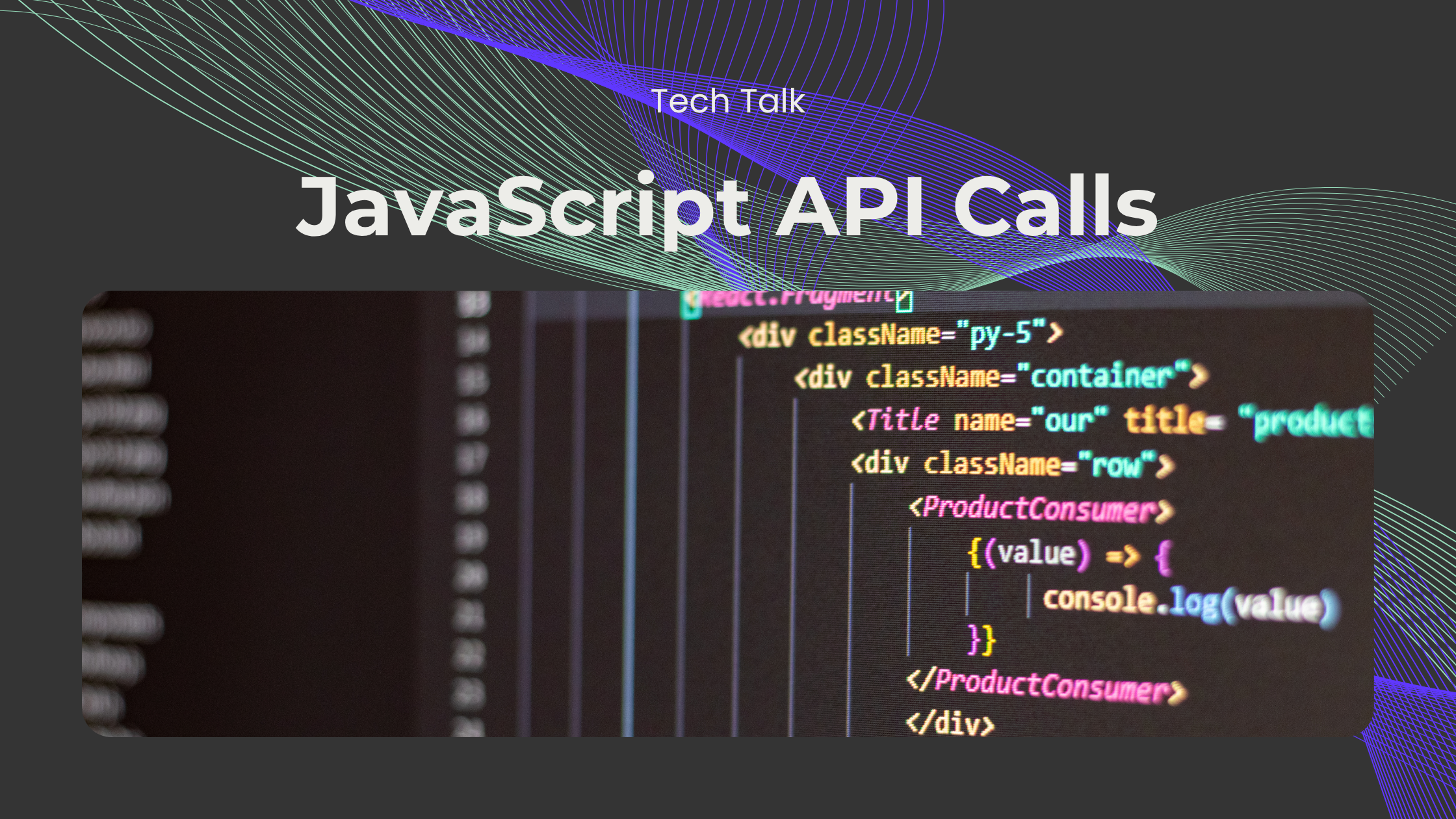JavaScript API Call Opimization


JavaScript API calls allow web browsers and other external online services to interact in a much simpler manner. They promote a more active and stimulating user experience as it contributes to the exchange of data and the execution of various actions without necessarily reloading the entire webpage.
HTTP methods that may be employed by API calls include GET, POST, PUT, and DELETE, among others; these make it possible for developers to have a variety of tools to work with for several functions. Importantly, these calls are non-blocking in nature, which makes them ideal for use without causing other parts of the program to stop running. The one concept that makes it possible for the browser to operate as it waits for an API response is asynchrony.
JSON (JavaScript Object Notation) is the most common data format for API communication. It is a text-based, small data exchange protocol through which the information exchange process between the user and the server occurs easily. These elements make JSON efficient in improving data communication, particularly in web development.
Since only the allowed subject should be able to access data or perform certain actions, authentication processes remain crucial to API interaction. This security layer is invaluably important for the protection of confidential data and the restriction of access to protected files.
Another important aspect is the integration of the APIs with proper error-handling mechanisms. Unforeseen issues may arise as online communication is dynamic. Thus, for possible incidents or events that are beyond the control of the developer, good practices for error handling ensure that possible interferences with the usage of the developed app are prevented or greatly reduced.

The application of the JavaScript API calls in web development is very advantageous. Since the full-page refreshers are no longer needed, the real-time data retrieval and the update of the page make the user experience better. First, APIs enhance the maintainability and scalability of code through the process of modularizing the development process and making it possible for developers to distinguish between front-end and back-end features. Also, APIs help to combine web applications with other services, which expand the capabilities of the application. In addition, through achieving optimum use of available resources and minimizing the amount of data being transferred, API calls only retrieve useful data, making applications more effective overall.